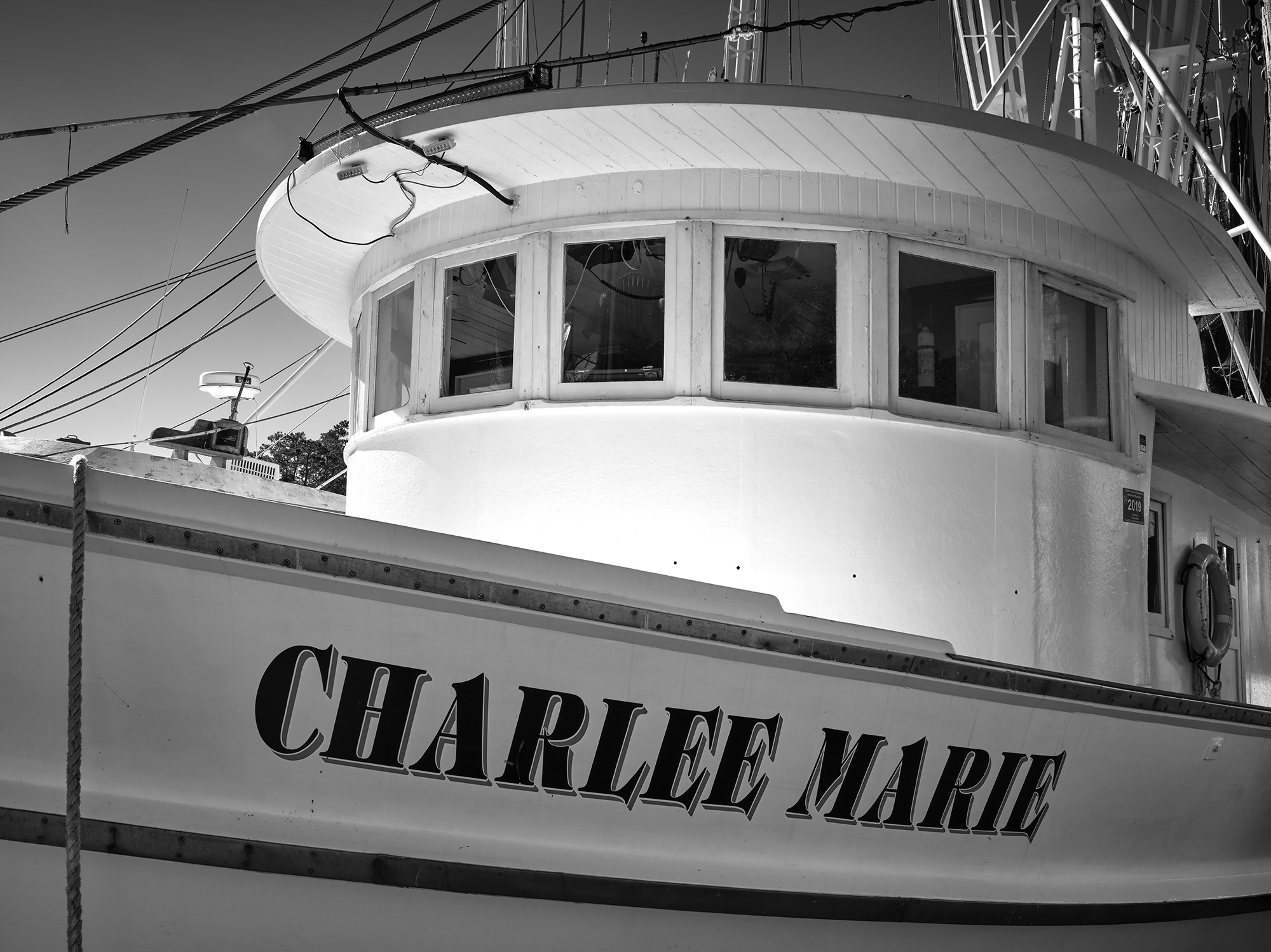Van Dyke Brown Alternative Printing from History!
The Vandyke brown print is based on the first iron-silver process, the argentotype, invented in 1842 by the English astronomer, Sir John Herschel. Both processes utilize the action of light on ferric salts and their chemistry is very similar. The Vandyke process gets its name from its similarity in color to the deep brown pigment used by the Flemish painter Van Dyck. Vandyke brown prints are very simple and economical to make, with the sensitizer consisting of three readily available chemicals. Clearing is carried out in water and fixing is done in a weak solution of hypo.
Glade Creek Grist Mill, 4 min exposure on Revere Platinum Paper
Berry Collage Mill, 4 min exposure Lana Aquarelle paper
Lone DInghy, 4 min exposure, Revere Platinum Paper
Collection of DInghys, 3 min exposure Lana Aquarelle paper
Oak Reflections in Infrared, 3 min exposure Revere Platinum paper
Two_fer, 3 min exposure, Revere Platinum Paper
Das Boots, 3 min exposure, Revere Platinum paper
Stormy Seas on the dock, 3 min exposure, Cot 320 paper
Stormy Skies... 3 min exposure, Cot 320 paper
The Old Truck.... 3 min exposure, Stonehenge paper











